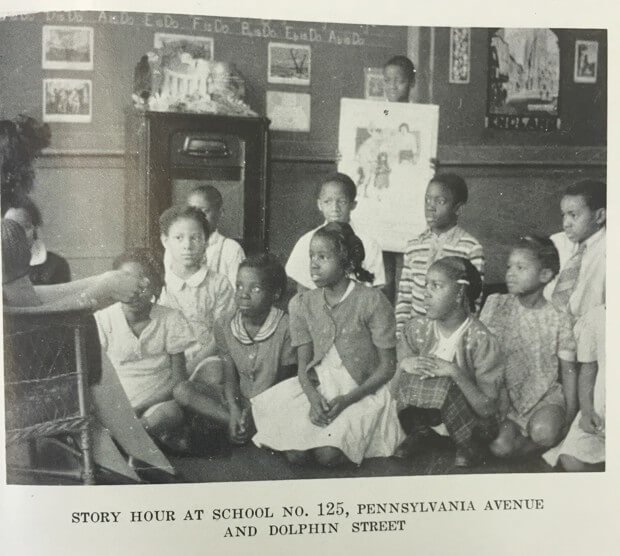
by Emily Lieb
More than six decades after the Brown vs. Board of Education decision, increasing numbers of black children in the U.S. attend what researchers call “apartheid schools” where students of color comprise more than 99 percent of the population.
Such schools educate one-third of black students in New York City and half of the black students in Chicago; nationwide, according to a report from the Civil Rights Project at UCLA, they educated more than 15 percent of African-American kids and 14 percent of Latinos in 2012. Even in places where racial segregation isn’t quite so absolute, the physical divide between white kids and kids of color in public schools—and charter schools—keeps growing.
We’ve gotten used to explaining the segregation we see in our schools by pointing to the segregation we see in our neighborhoods. It seems pretty simple: Kids who don’t live in the same place aren’t likely to go to the same school. (Read more)








